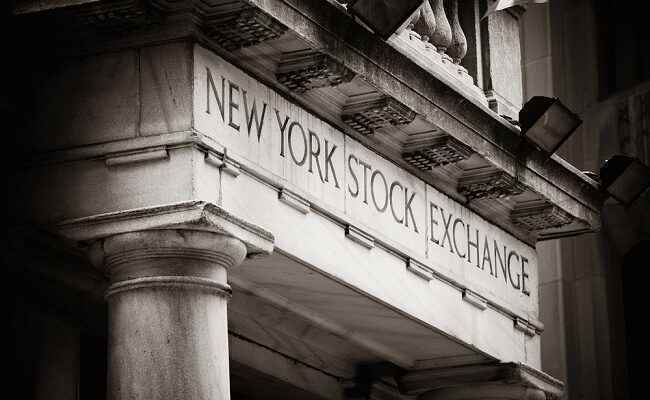It’s off to a bad start for a sixth consecutive rise on the Paris Stock Exchange… At the start of the afternoon, the Cac 40 lost 0.53%, to 6,557.77 points, as consolidation loomed, also on Wall Street. Futures contracts on the three major indices suggest declines of 0.6% to 1% in early trade. The only leading statistic that was scheduled in the United States turned out to be broadly in line with expectations. In July, retail sales remained stable, against a slight increase of 0.1% expected by the consensus. Excluding cars and gas, the rise was a little stronger than expected, at 0.7%, against +0.4% according to the consensus.
In Paris, the trend is also weighted down by one of its heavyweights, Sanofi, down nearly 4%, after the announcement of the discontinuation of the development of amcenestrant, its adjuvant treatment in breast cancer, the ongoing trials having not achieved the objectives set according to a preliminary analysis of the data. The stock had already plunged last week due to fears of the financial consequences of the upcoming lawsuits over Zantac, which was withdrawn from US markets in 2019. Sanofi has lost nearly 16% since the start of the year.
A lot of caution, in general, on the part of the operators, before the publication, in the early evening, of the minutes of the last monetary policy meeting of the American Federal Reserve. It resulted in a further 75 basis point increase in key rates.
Minutes more “offensive” than expected?
An important meeting, in the short term, for stock markets, who are currently enjoying a fine summer rally, even if the FOMC’s next decision will depend above all on the next inflation figures for August and comments that will emerge from the Jackson Hole symposium at the end of the month, the annual American meeting of the world’s major central bankers.
Be careful, as Ipek Ozkardeskaya of Swissquote said this morning: ” the minutes will certainly seem more ‘offensives’ than expected as Fed rate expectations have likely softened too much after last week’s US consumer price report surprised with inflation 8.5% weaker than expected . This level of 8.5% is still very high; that’s more than four times the Fed’s 2% policy target. »
UK inflation at highest since 1982
” Real yields are expected to rise further in the fall, which could once again put pressure on growth stocksbelieves Gabriela Santos, Global Strategist at JP Morgan Asset Management, despite the recent macroeconomic data releases, which drove the markets higher, it is too early to have any conviction on the evolution of inflation in the fall or next year, and we do not know how the Fed will react to these figures. »
Today’s statistics in Europe are not reassuring. In the United Kingdom, consumer prices soared 10.1% over one year in July, their highest since 1982 and beyond the 9.8% expected by the consensus. The average annual energy bill for a UK home is nearly £2,000, almost twice as much as a year ago. It could exceed 4,000 pounds by January according to the research firm Cornwall Insight, relays the agency Reuters. The final inflation figures for July in the euro zone will be published tomorrow.
